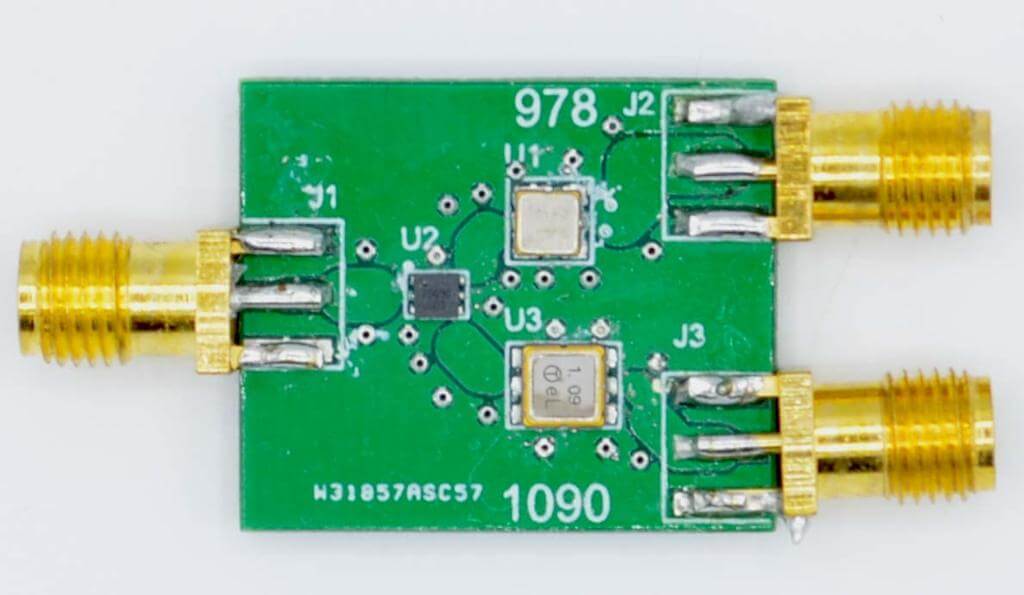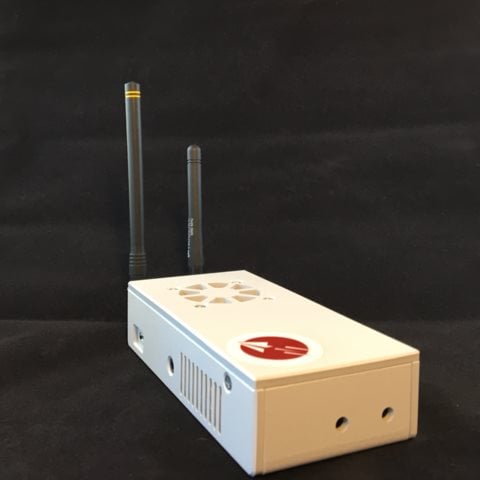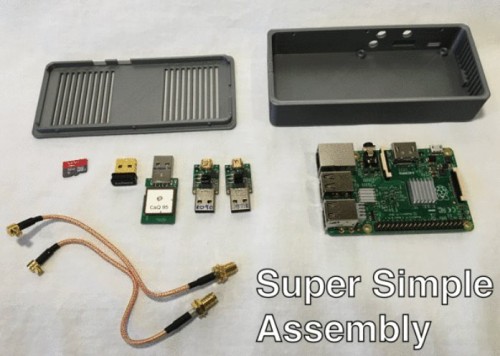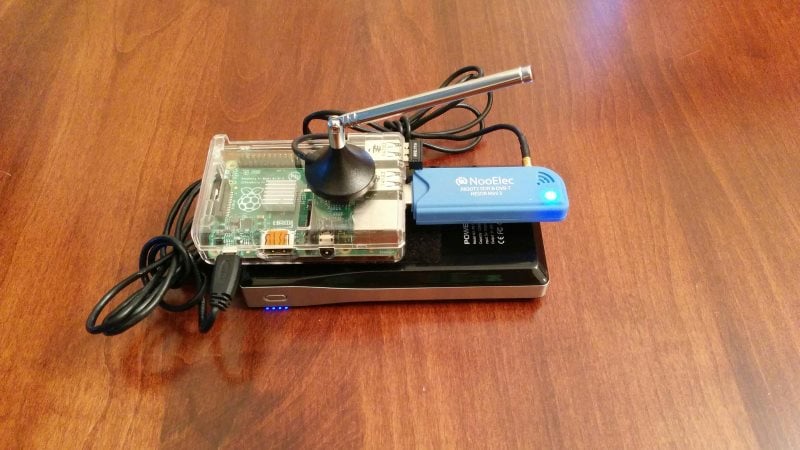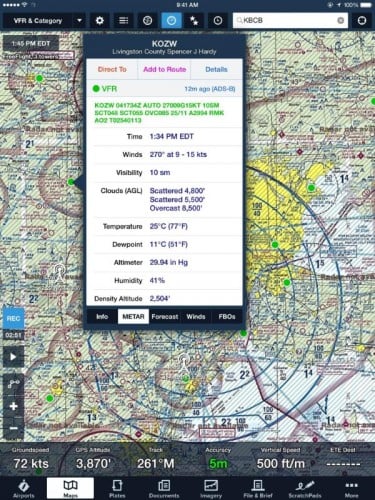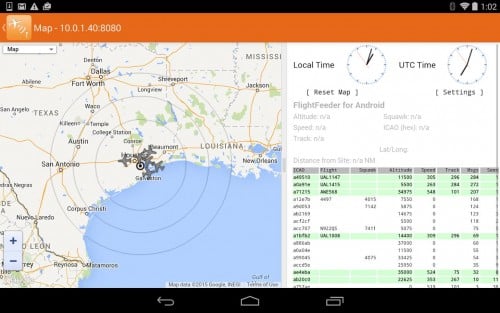Stratux 1090 MHz + 978 MHz Diplexer Now Available
Recently the company Stratux released a new ADS-B/UAT diplexer PCB. This is useful if you have a single antenna and want to feed two RTL-SDR dongles, with one receiving 1090 MHZ ADS-B and the second receiving 978 MHz UAT. The filter consists of a splitter and two SAW filters.
ADS-B is short for Automatic Dependant Surveillance Broadcast and is used to help track aircraft in the sky. It is transmit at 1090 MHz and the signal contains aircraft data such as the location, speed, altitude and aircraft call sign. ADS-B is utilized worldwide.
UAT is short for Universal Access Tranceiver and is transmit at 978 MHz. Like ADS-B it is used to keep track of aircraft, however UAT is only available in the USA and only for aircraft that fly below 18,000ft. It is a little cheaper and unlike ADS-B, UAT transmissions can also contain weather and traffic data.
US aircraft owners/operators that fly below 18,000ft can choose to install either UAT or ADS-B transmitters in their aircraft, so in the US a complete monitoring solution needs to monitor both 1090 MHz and 978 MHz.
The Stratux Diplexer board is currently available on Amazon for $24.99.
